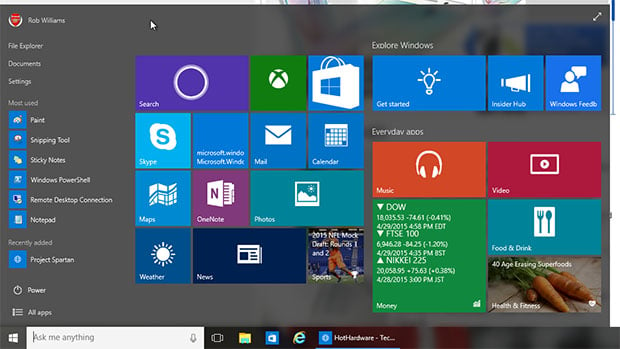Windows 10 Set To Become Most Widely Used Version In History Says Gartner
When Microsoft released Windows 10 to retail at the end of July, it followed a number of months of ever-growing hype. That, coupled with the fact that the company let regular users help test the OS for nine solid months prior, gave it a great chance of becoming one of the most-used Windows OSes ever.
That seems to be proving true. A little over a week after the Windows 10 launch, it was predicted that 25 million users already latched on. At the end of September, that number jumped to 100 million. We're not quite sure of the exact number of installs right now, but at least one analyst firm has a bright outlook for the OS.

Windows 10: Set to grace 50% of enterprises by 2017
In its latest report, Gartner says that a big reason why Windows 10 has taken off as it has is because of the sheer amount of legacy hardware and software that's supported. Most people, quite simply, won't experience much of a hassle when upgrading, and that's a very important thing for Microsoft.
This situation is so good, in fact, that Gartner predicts that 50% of large enterprises will have made the shift to Windows 10 by January 2017. Further, many will begin their testing for the migration by the middle of next year.
One thing that helps this particular train move is the looming EOL date for Windows 7, which is in 2020. Given just how stable Windows 10 is, it's hard to imagine many companies planning to migrate to Windows 8 at this point, and they certainly won't want to stay with Windows 7 after its support ends.
All of this means that Windows 10 is likely to become the most-used Windows OS ever, not just at home, but also the enterprise. Microsoft has to be glad about that.

Better monitors could become an enterprise's focus by 2018
In addition to the general Windows 10 rollout, Gartner says that by 2019, companies will deliver twice as many remote applications versus the current year. This effectively means that many apps will continue to be moved to the cloud, both for the sake of cost and ease. Tying into that point, by 2018, enterprises will spend more on their displays than their PCs. If most apps are run in the cloud, then high-end PCs are not needed. Instead, big, better screens could reap greater rewards.

